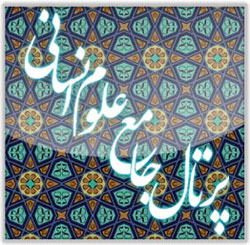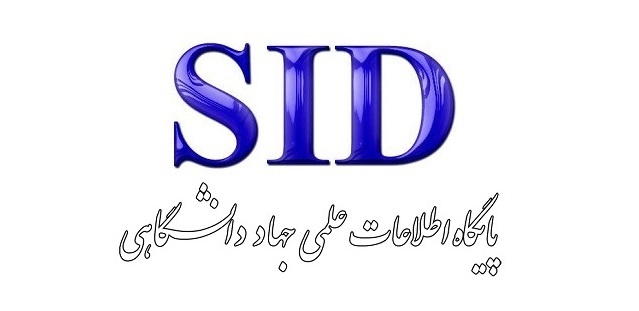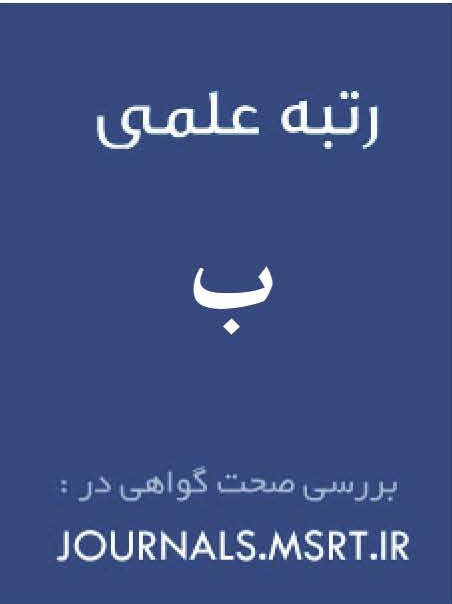An Analysis of the Foundations of Lyric Literature in Selected Surahs of the Qur’an Based on Rumi’s Interpretations in the Mathnawi
Keywords:
Lyrical literature, Quranic chapters, Masnavi, RumiAbstract
Given the vast scope of lyric literature and its high audience appeal—largely due to its melodious and rhythmic nature—this study aims to analyze the foundations of lyric literature in selected Surahs of the Qur’an, with a particular emphasis on Rumi’s interpretations in the Mathnawi. While exploring the elements of lyric literature in certain Surahs analyzed within the Mathnawi, the study addresses themes such as love, joy, passion, and spiritual ecstasy. Due to the structure of Persian poetry, the themes of counsel, advice, praise, and description are also incorporated, aligning closely with the Qur’anic Surahs that penetrate the Mathnawi's romantic, ethical, and pedagogical content. The research adopts a library-based method. The statistical population includes all existing texts on lyric literature, and the sample was selected through screening articles that demonstrated greater consistency with the title, abstract, and conceptual components of the study. These samples were then analyzed using a descriptive-analytical method grounded in library data. The findings indicate that Rumi’s Mathnawi serves an instructional purpose, utilizing Qur’anic Surahs and themes to offer poetic teachings to his disciples. These teachings include subjects such as patience and perseverance, divine decree and predestination, consultation with the righteous and elders, loyalty, and more. Approximately 187 verses from the Mathnawi are shown to correspond with divine discourse, serving as a guide for humanity by integrating practical mysticism, sensory teachings, and theoretical recommendations grounded in Qur’anic Surahs and verses. Commentators and exegetes of the Mathnawi have noted that nearly one-fourth of the work constitutes indirect translations or interpretations of Qur’anic verses.
Downloads
References
1. Aristotle. Poetics: Tehran: Amir Kabir Publications; 1996.
2. Pirouz G. Lyrical Literature and Its Manifestations in Pre-Islamic Iran. Journal of Humanities and Social Sciences Research. 2002(6-7).
3. Naseri F. A Review of the History of Lyrical Literature in Iran. Dor-e Dari Journal (Lyrical and Mystical Literature). 2012(2).
4. Barzegar Khaleghi MR. Sorrow and Joy from Rumi's Perspective. Journal of Religions and Mysticism. 2007;4(12).
5. Tahouni M, Ahmad G. Structural and Stylistic Analysis of Famous Lyrical Masnavis: Master's Thesis, Tarbiat Moallem University, Tabriz, Faculty of Persian Language and Literature; 2011.
6. Siyami F. A Comparative Study of the Masnavi and the Second Half of Shams' Ghazals: Master's Thesis, Tarbiat Moallem University, Tabriz, Faculty of Literature and Humanities; 2009.
7. Rafie S. The Mysticism of Rumi and Lessons from the Masnavi. 2021.
8. Mashhadi MA, Mojoozi R. Elements of Lyrical Literature in Tarikh-e Beyhaqi. Quarterly Journal of Criticism, Analysis, and Textual Aesthetics. 2018:118-35.
9. Ansari Pour K, Iran Doust H, editors. Lyrical Literature and Didactic Literature. National Conference on Lyrical Literature; 2016.
10. Ouladi Ghadi Kelayi A. Analysis of Nonverbal Communication in the Lyrical Poem Khosrow and Shirin. Journal of Persian Language and Literature (Islamic Azad University, Sanandaj Branch). 2021(48):62-99.
11. Parnian Mousa BS, editor Types of Lyrical Literature in Rudaki Samarqandi's Poetry. 8th International Conference of the Persian Language and Literature Promotion Association of Iran; 2014.
12. Panahi N, Chermagi OM. Typology of Voqhuei Lyrics (Case Study: Mowlana Mohammad Vali, Dasht Bayazi). Journal of Lyrical Literature Researches (JLLR). 2021;19(37):59-82.
13. Haj Talebi S, Amiri SM. Poverty and Wealth in Masnavi-e Ma'navi with Emphasis on Quranic Verses and Hadiths. Journal of Persian Language and Literature. 2019(2):136-51.
14. Hosseini Kazerouni SA. A Discussion on Didactic and Lyrical Literature. Journal of Research in Didactic and Lyrical Persian Language and Literature. 2011(5):15-24.
15. Mohaghegh S, editor Characteristics of the Lover in the Quran and Its Reflection in Sa'ib's Ghazals. National Conference on Lyrical Literature; 2016.
Downloads
Published
Submitted
Revised
Accepted
Issue
Section
License
Copyright (c) 2024 Masuod Bahrani Poor (Author); Hossein Esmaili; Hasan Shabani Azad (Author)

This work is licensed under a Creative Commons Attribution-NonCommercial 4.0 International License.








